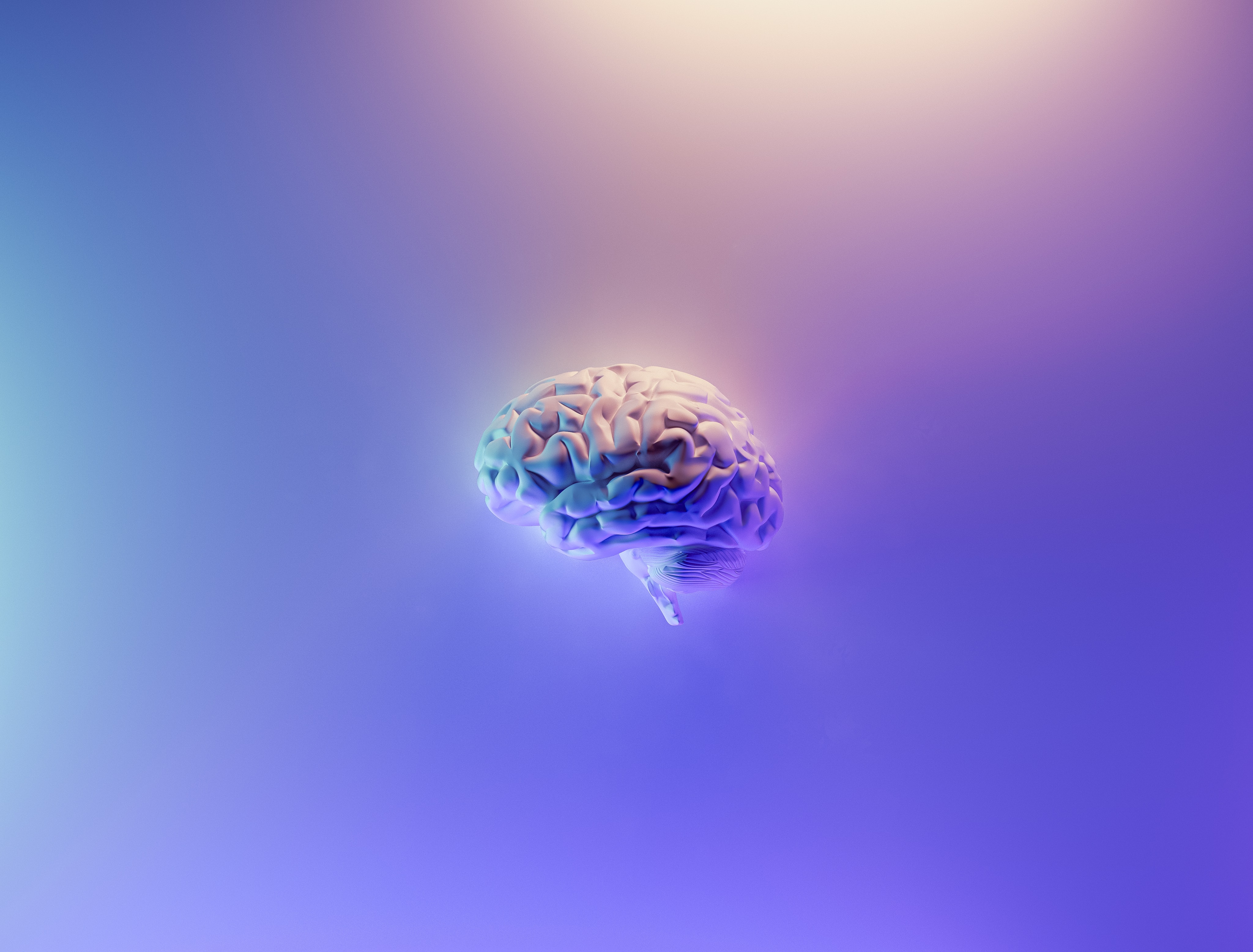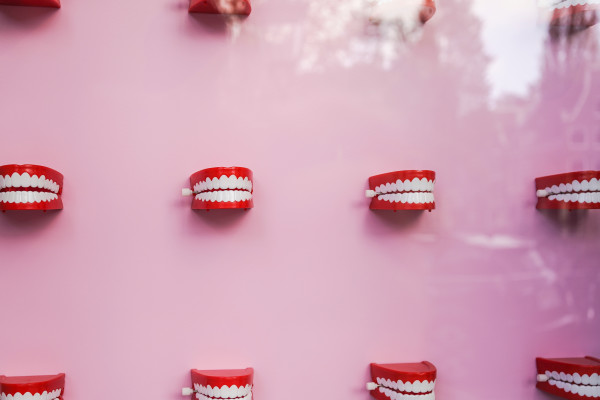Menstrual or period migraines – what’s going on?
a year ago
Cycle syncinga year ago
Cycle syncing
If you’re regularly getting migraines just before or during your period, your hormones could be responsible. Jennis Physiologist, Dr Emma Ross, explains what’s going on and how to get relief…
A hideous headache? Check. Sensitivity to light? Yep. The urge to soundproof your home? Totally. If you experience monthly migraines that come on just before or during your period, you might be getting hormone-related migraines – AKA: menstrual migraines.
First, let’s be clear on what the word ‘migraine’ means. This is not just a bad headache, “It’s actually a neurological disorder that causes a moderate to severe headache, and can last anything from a few hours to a few days,” says Jennis Physiologist, Dr Emma. “Migraines are often accompanied by other symptoms such as nausea and extra sensitivity to light and sound.”
A menstrual migraine is a type of migraine that you regularly experience over a particular timeframe in your menstrual cycle. Although all women are different and the way in which you experience menstrual migraines will differ as a result, it’s usually two days before your period starts and during the first three days of your bleed, according to the National Migraine Centre .
“One in five women get regular migraines in the UK and, of these women, more than 50% experience menstrual migraines ,” says Dr Emma. “Menstrual migraines are also less likely to produce an aura – sensory disturbances such as flashes of light and face tingling.”
Women who get menstrual migraines may be more susceptible to the effects on the body of low oestrogen levels
Symptoms of menstrual migraine include:
Severe headache pain, which can be throbbing
Reduced appetite
Dizziness
Tiredness
Nausea and vomiting
Sensitivity to light, noise and smell
There are thought to be two triggers for menstrual migraines. First, there’s a sharp drop in your oestrogen levels in your Pre-Menstrual Phase – the week before your period – and this is consistently associated with a greater risk of migraine, according to a 2021 review.
A different trigger for menstrual migraines that coincide with the first day of your period might be excess prostaglandins – hormone-like compounds that help you have a healthy period by helping your uterus to contract.
“Prostaglandins are released from the uterus lining into your blood around the start of your period,” says Dr Emma. “High amounts of prostaglandins are already known to cause severe menstrual cramps, known medically as dysmenorrhoea – and we now think that menstrual migraines are more common for women who are diagnosed with dysmenorrhoea.”
Noticed that your migraines have changed over time? Hold that thought… “Unfortunately, menstrual migraines are at their worst at times of hormonal upheaval, such as during puberty, perimenopause and pregnancy,” says Dr Emma.
“This is because your oestrogen levels are likely to be on more of a rollercoaster in these life stages. For example, in pregnancy , migraines are more likely during the first trimester when your oestrogen levels are rising steeply very quickly, but by the third trimester, your oestrogen level is still high but has levelled out, so you might feel better then.”
It’s important to talk about your migraines with your doctor so you can come up with a plan for reducing them
Menstrual migraines should start to become less frequent after the menopause, although it can take 1-2 years for the hormonal fluctuations to settle down, according to the National Migraine Centre.
If you haven’t already spoken to your doctor about your migraines, book an appointment. “There are drug treatments for migraines and also pharmaceutical ways to help prevent them,” says Dr Emma. “It’s important to talk about your migraines with your doctor so you can come up with a plan for reducing them.”
If you’re not sure if your migraines are hormone-related, track both your migraines and your menstrual cycle and discuss it with your doctor. Try using the Migraine Trust’s downloadable headache diary , or note your symptoms on paper.
Non-hormonal migraine prevention tips may also help to reduce the frequency and severity of menstrual migraines by up to half so here are some other things you can try:
“It’s thought that your circadian rhythm plays a role in migraines,” says Dr Emma, “so aim to get outside every day into natural light to help your body clock, and try to wake up and go to bed at the same time every day.”
Exercise is an important way to prevent migraines, with people who exercise regularly less likely to get migraines, according to the Migraine Trust . This is because exercise improves blood flow around the body, boosts sleep quality and reduces stress.
“It’s important to look at the style of activity you do relative to how you feel,” says Dr Emma. “For some people who are prone to migraines, strenuous exercise can be a trigger – so, yet again, tracking symptoms and activity is really good for helping you spot trends in you.”
To set yourself up so that you aren’t adding extra stress to your body when you workout, make sure you are hydrated and have eaten before you start, as dehydration and low blood glucose can trigger migraines.
The Migraine Trust suggests starting out with moderate intensity exercise if you are new to workouts, for example a brisk walk, cycle or Low Intensity Steady State workout . Give yourself time to warm up properly and stretch before and after so you avoid muscle tension that could also act as a migraine trigger.
You’re more likely to have menstrual migraines if you don’t get enough magnesium and are susceptible to migraines, according to a study. The reason for this is that magnesium helps your body with key functions, such as muscle relaxation, energy production and healthy nerves. You can find magnesium in green leafy vegetables, nuts, seeds, pulses and wholegrains.
This nutrient is a bit of a powerhouse when it comes to menstrual migraines, with a review of studies showing that women taking 400 IU a day of vitamin E for 5 days during their period had less painful menstrual migraines after 3 months. Vitamin E is found in oils, seeds, nuts, dark green leafy vegetables, red peppers, mango and avocado.
Interestingly, a study has found that eating a high-salt diet is associated with something you wouldn’t expect – a reduced risk of migraines. “Obviously, a salty diet can carry other risks, such as heart disease, so it’s not really understood what’s happening here,” says Dr Emma. One theory is that people with migraines process salt differently.
While more research needs to be carried out, the best advice is to eat a balanced diet – most everyday foods, such as bread and ketchup, contain hidden salt, so you shouldn’t need to add it at the table to get enough salt in your diet.”
A supplement of co-enzyme Q10, a natural biological compound that’s used in the body to produce energy, might reduce the length of time a migraine lasts while also cutting the number of migraine days each month, according to a preliminary 2018 meta-analysis. However, there have only been a few studies looking at this, so more research is needed.
For more information about menstrual migraine, contact The Migraine Trust helpline on 0808 802 0066 or go to https://migrainetrust.org/
 Cycle syncing
Cycle syncing Perimenopause
Perimenopause Perimenopause
Perimenopause Perimenopause
PerimenopauseSign up to learn everything you need to know about CycleMapping, plus how you can live better and feel better through optimising your fitness to you.
This website uses cookies to ensure you get the best experience on our website. Learn more

Sign up for the very latest news on women's fitness, health and hormones, plus be the first to receive exclusive offers and extras